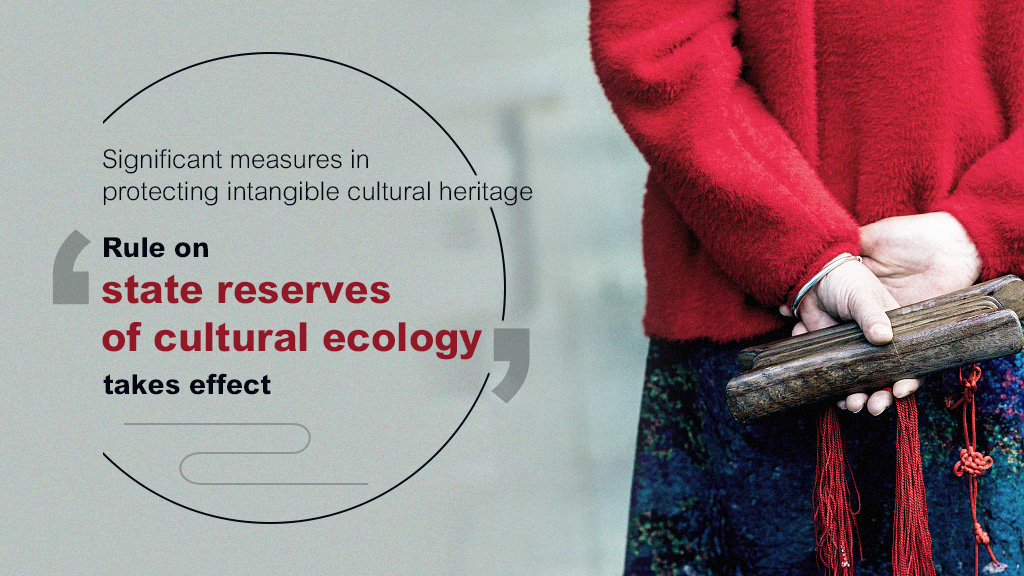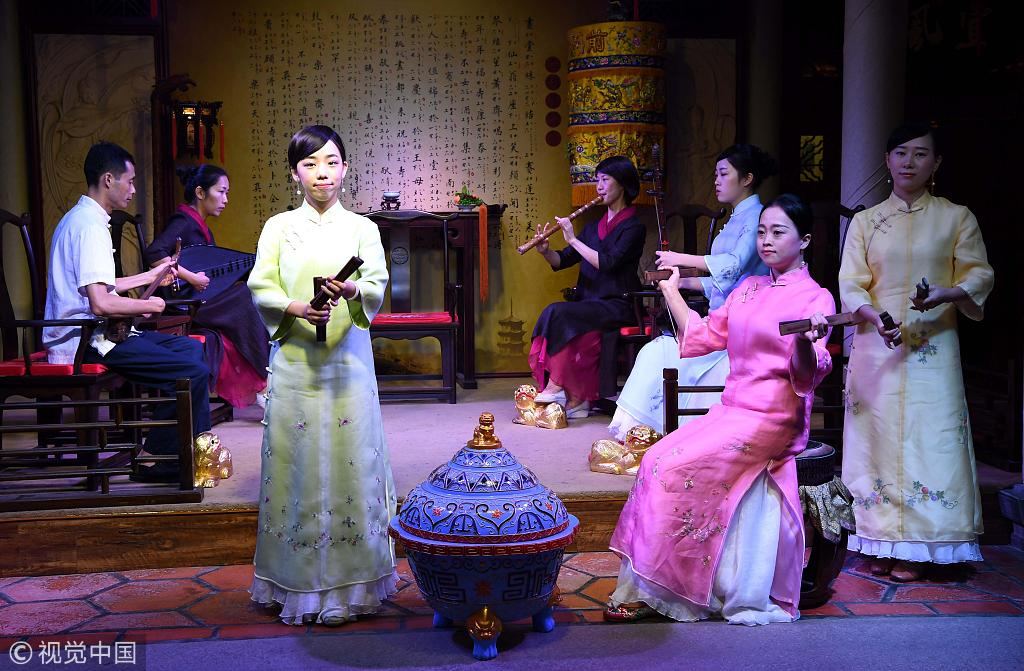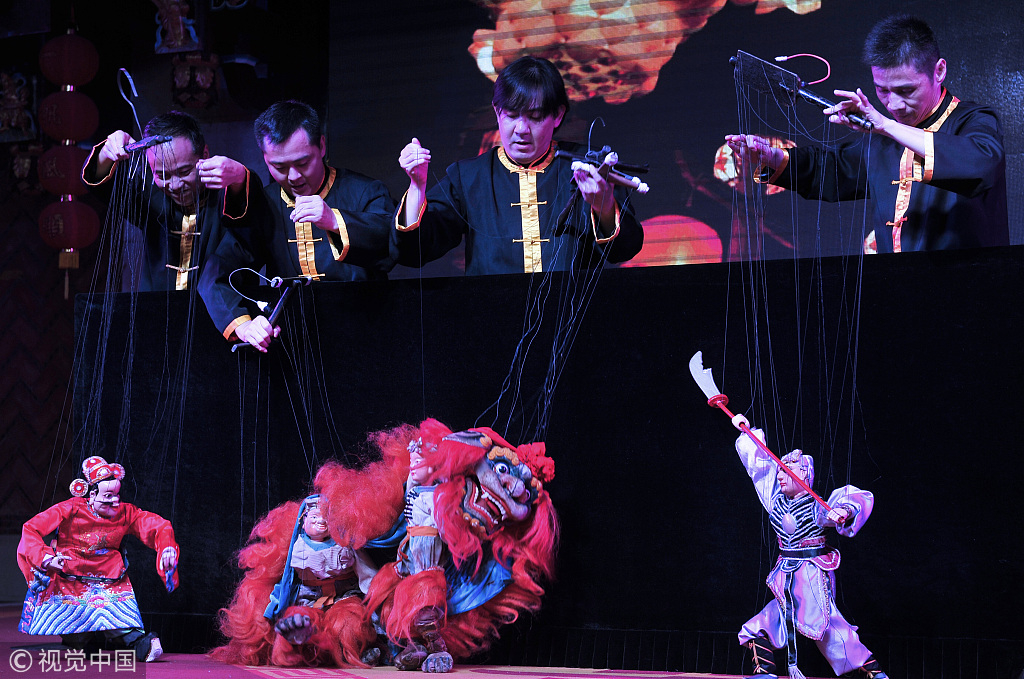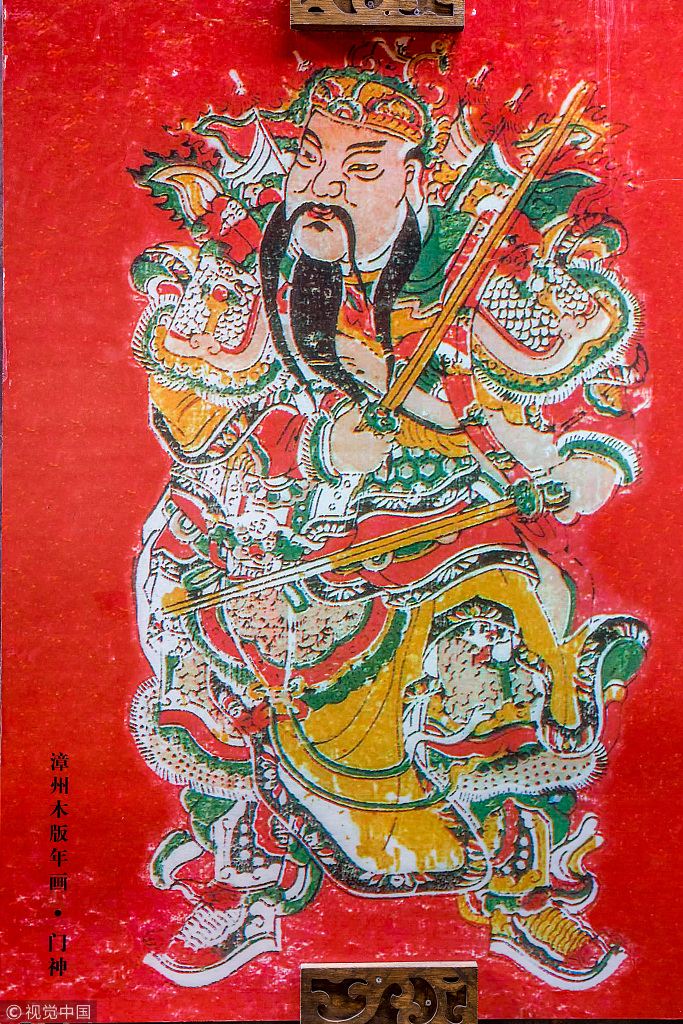
Culture China
22:12, 01-Mar-2019
Significant measures in protecting intangible cultural heritage: Rule on 'state reserves of cultural ecology' takes effect
By Wu Yan

A regulation on the establishment and operation of "state reserves of cultural ecology" came into force on Friday, unveiling a new chapter for China’s decade-long exploration of measures to protect its intangible cultural heritage.
The reserves aim to protect unique and long-lasting regional cultural systems, referred to as "cultural ecology."
It takes the protection of intangible cultural heritage at the core, and provides holistic protection to cultural forms with historical and cultural importance and distinct characteristics.
In 2006, the Chinese government vowed in the 11th Five-Year Plan to establish 10 national ethnic and folk cultural ecology protection zones.
The first such national experimental project, the Southern Fujian Pilot Cultural Ecology Protection Zone, was launched in June 2007.

Nanyin is performed in Quanzhou, Fujian Province, June 13, 2018. /VCG Photo
Nanyin is performed in Quanzhou, Fujian Province, June 13, 2018. /VCG Photo
The southern province of Fujian is home to five world intangible cultural heritage projects, including Nanyin, one of China's oldest musical performing arts, the watertight-bulkhead technology of Chinese junks, and southern Fujian traditional residence architectural craftsmanship, as well as more than 50 national intangible cultural heritage projects, including Quanzhou marionette, Zhangzhou Chinese New Year woodblock print, and Zhangpu paper cutting art.
It also boasts a great number of tangible cultural heritage projects, including Tulou, rural dwellings of the Hakka people, and Kulangsu, a historic international settlement, both of which are inscribed on the World Heritage List.
Fujian's heritage ranges from arts and crafts to ancient buildings, historical blocks and traditional residences. They, along with the original residents and their traditional living styles, as a whole are what the experimental protection zone is set up for and strives to preserve.

Quanzhou marionette is performed in Quanzhou, Fujian Province, November 15, 2016. /VCG Photo
Quanzhou marionette is performed in Quanzhou, Fujian Province, November 15, 2016. /VCG Photo
Professor Wu Bing'an, a late well-known folklorist, praised the attempt in establishing the pilot protection zone in an article, saying it "helps many active heritages stay in their original forms in the regional environment where they belong and makes them a 'living culture.'"
It signifies that China has entered a new stage of protecting cultural heritage in a whole and active way, he added.
Since 2007, a total of 21 pilot protection zones have been established, highlighting the Hakka culture, culture of Qiang ethnic group and other ethnic groups in 17 provinces and autonomous regions across China.

A Zhangzhou Chinese New Year woodblock print. /VCG Photo
A Zhangzhou Chinese New Year woodblock print. /VCG Photo
Based on previous experimental projects, the Ministry of Culture and Tourism rolled out the regulation last December, setting a time frame to turn pilot protection zones into "state reserves of cultural ecology."
The regulation clarifies procedures for the establishment, evaluation, filing and licensing of such reserves. Well-built ones will be praised and supported, and those failing to protect cultural ecology from damage will be punished and lose their licenses.
In the past years, the government's efforts in protecting intangible cultural heritage best manifested through selected systems. Those listed in global, national and provincial cultural heritage lists and the representative inheritors list received more funds and resources.

Lin Tao, master of Zhangpu paper cutting art, shows her skill. /VCG File Photo
Lin Tao, master of Zhangpu paper cutting art, shows her skill. /VCG File Photo
But the "state reserves of cultural ecology" will entail heritage protection efforts on a larger scale.
The new regulation encourages intangible cultural heritage inheritors to pass down their skills, practitioners to deepen their skills, and impoverished local people to learn new skills.
Authorities will also push for the knowledge of intangible cultural heritage to be written in textbooks, related courses open to students, and performances and demonstrations carried out regularly as a way of promotion.
Liu Kuili, an expert on cultural heritage, noted that intangible cultural heritage is about "common people's way of life" rather than an "elite culture."

SITEMAP
Copyright © 2018 CGTN. Beijing ICP prepared NO.16065310-3
Copyright © 2018 CGTN. Beijing ICP prepared NO.16065310-3